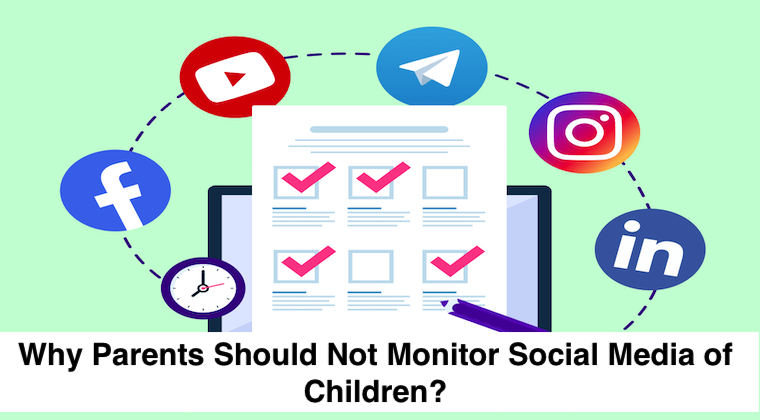+1 845 259 2974 (11 a.m to 7 p.m CST)
Working Mom vs Stay-At-Home Mom: What’s Best for Kids?

The debate between being a working mom and a stay-at-home mom has been a longstanding and complex issue, with opinions often polarized. Both choices come with their own set of advantages and challenges, and what is best for kids can vary based on individual circumstances. In this discussion, we will explore the considerations surrounding the working mom versus stay-at-home mom dilemma, acknowledging that there is no one-size-fits-all answer.
Advantages of Being a Working Mom:
1. Financial Stability:
One of the primary advantages of being a working mom is the potential for increased financial stability. Contributing to the family income can provide resources for educational opportunities, extracurricular activities, and an overall higher standard of living.
2. Professional Fulfillment:
Working moms often find fulfillment in their careers, which can positively impact their overall well-being. A sense of accomplishment and purpose outside the home can contribute to a positive self-image and serve as a positive role model for children.
3. Socialization and Networking:
The workplace offers opportunities for socialization and networking, providing a broader perspective and a diverse range of influences for both the working mom and her children. This exposure can contribute to the development of valuable social skills.
4. Independence and Role Modeling:
Children of working moms may witness the importance of independence, time management, and goal-setting. Seeing their mother navigate the challenges of work and family life can instill a strong work ethic and a sense of ambition.
Challenges of Being a Working Mom:
1. Time Constraints:
Balancing work responsibilities and family commitments can be challenging. Working moms may feel stretched thin, leading to limited quality time with their children.
2. Childcare:
Finding reliable and affordable childcare can be a significant concern for working moms. This aspect requires careful consideration to ensure the well-being and safety of the children.
3. Guilt and Stress:
Working moms often grapple with feelings of guilt, fearing that they might not be giving their children enough attention. Managing work-related stress while being present for family can be demanding.
Advantages of Being a Stay-at-Home Mom:
1. Increased Time with Children:
One of the primary benefits of being a stay-at-home mom is the increased amount of time spent with children. This allows for a more hands-on approach to parenting and the opportunity to witness and guide various aspects of a child's development.
2. Flexibility:
Stay-at-home moms generally have more flexibility in their schedules, which can lead to a less rushed and more relaxed family environment. This flexibility can also allow for spontaneous activities and outings.
3. Hands-On Involvement in Education:
Stay-at-home moms can actively participate in their children's education, assisting with homework, engaging in learning activities, and fostering a love for learning from an early age.
4. Emotional Availability:
Stay-at-home moms may be more emotionally available for their children, providing a stable and nurturing environment. This emotional connection can positively influence a child's mental and emotional well-being.
Challenges of Being a Stay-at-Home Mom:
1. Financial Dependence:
One of the significant challenges for stay-at-home moms is financial dependence on a single income. This can limit financial resources for the family and potentially lead to financial stress.
2. Social Isolation:
Stay-at-home moms may face social isolation, particularly if they are not actively engaged in community activities. The lack of adult interaction can impact their well-being.
3. Potential Career Sacrifices:
Choosing to stay at home may involve sacrificing career opportunities, potentially affecting a mother's long-term professional growth and financial independence.
What's Best for Kids?
There is no universal answer to what is best for kids, as the ideal scenario depends on various factors, including the family's values, financial situation, and the personalities of both parents and children. The quality of the parent-child relationship, the support system in place, and the overall well-being of the family are crucial considerations.
A key factor in determining what's best for kids is the quality of the time spent with them rather than the quantity. Both working moms and stay-at-home moms can create positive, nurturing environments for their children by being emotionally present, engaged, and responsive to their needs.
In many cases, a combination of the two lifestyles, where a mother works part-time or has a flexible work schedule, can provide a balance between financial stability and quality time with children. Ultimately, the decision should align with the family's values, ensuring that the chosen path enhances the overall happiness and well-being of both parents and children. Communication, understanding, and mutual support between partners are crucial in making this decision and navigating the challenges that may arise.





















